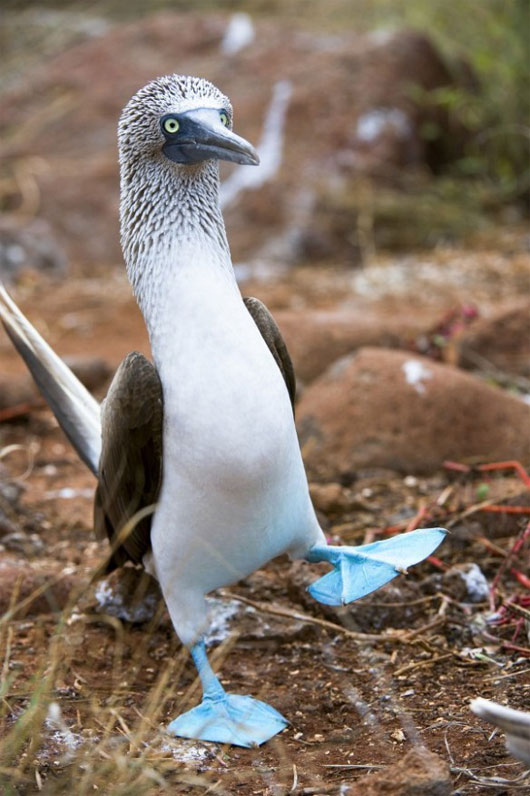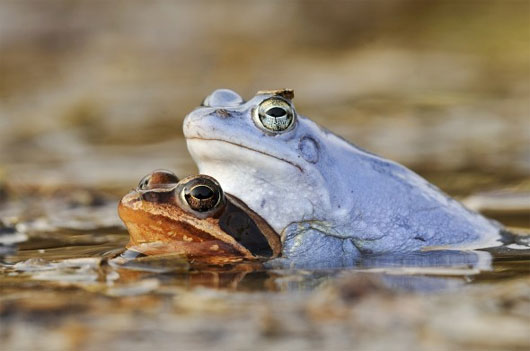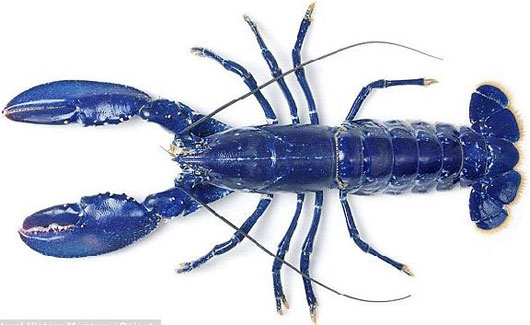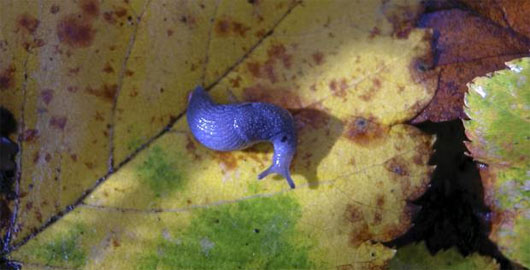Sea ducks can attract opponents more easily thanks to their blue legs or groupers that change their body color to blue when they are old.
1. Sea duck

Certain green parts of an animal's body, usually the face, are advantageous to attract the enemies of some species. However, the sea ducks of Central and South America have blue legs. The blue color of marine ducks' feet is caused by a type of fresh fish they usually eat. According to the researchers, the darker the blue color on the duck's feet, the healthier they are and the more opportunities they have to flirt or attract each other. (Photo: Corbis)
2. Frog

The breeding season of the red-brown frogs in Europe and Asia is often very fast. During this time, the male frogs may turn green for a few days. The researchers say that when turning green temporarily, male frogs can quickly identify the sex and don't spend a lot of time mistakenly mating with other males. (Photo: Corbis)
3. Grouper

For many hermaphrodites, body blue is not a way to distinguish sex. However, in the eastern Australian blue grouper, when a female becomes a male, she changes her body color to blue. At birth, these fish are all female and are green. Their bodies turn brown during adulthood. When they are old, they turn into males and have a green color as shown in the photo. (Photo: australianmuseum.net.au)
4. Green Lobster

The American blue-gray lobster turns blue due to a genetic mutation. Genetic mutations can cause lobsters to have different colors such as yellow, albino or red. However, the rate of mutations that change color in shrimp is usually very low. (Photo: Natural History Museum)
5. Slugs

The green slug is a species native to the Pacific Northwest region. The green slug is currently classified as an endangered species. Scientists say they have yet to find out what causes this slug to have a blue body. According to recent studies, green slugs are fungi eaters and can distribute fungal spores in forests.
- The poor dog is paralyzed and can’t stand up crying for everyone’s help and doesn’t leave him in this helpless moment
- The moment when the brave loyal dog fought to the last moment sacrificing himself to protect the safety of his owner from the attack of venomous snakes made us extremely emotional and couldn’t hold back his tears me
- The touching story of bubbles and her puppies will probably bring tears to your eyes
- Top 12 Animals With The Longest Tongue On Earth
- Top 15 animals with the most unique eyes in the world










